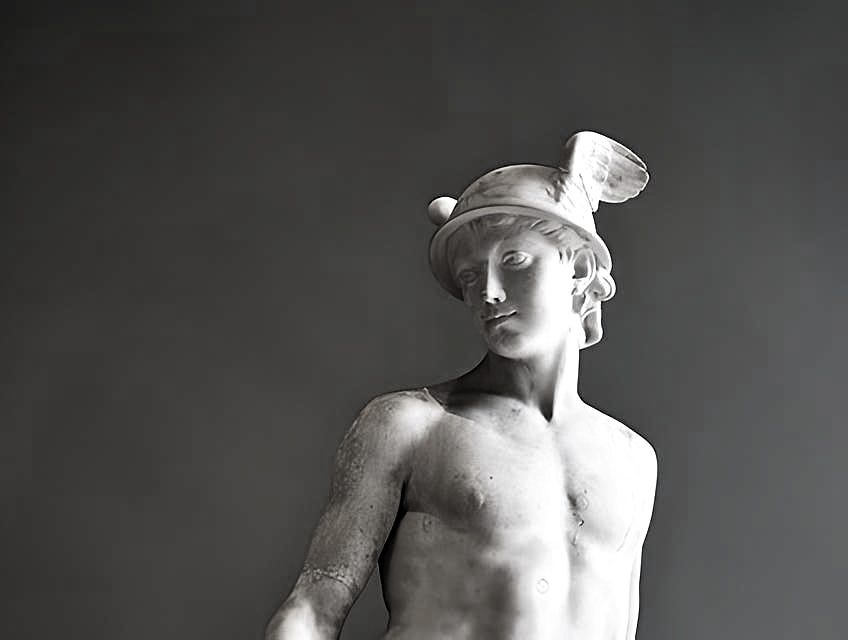Overcoming the Superman
by Julius Evola
Julius Evola critically examines the resurgence and limitations of Nietzsche’s “Superman” theory and explores how this idea, rooted in Indo-European traditions, has been misinterpreted by contemporary ideologies, such as racism and evolutionism.
This article was first published in the magazine Deutsches Volkstum (German Folk Culture) in 1936.
It is surprising how easily ideas that lack any real consistency often gain suggestive power — so much so that they create a kind of passionate alibi: those who believe them to be true experience them in a way that they eventually believe they are confirmed by their own experience. This applies, for example, to evolution and Darwinism. The theory of man’s evolution from animals and the selection of species through the survival of the fittest, through adaptation and hereditary transmission of traits — this materialist and anti-aristocratic myth of yesterday’s science is already recognized by everyone as a more than shaky hypothesis that has had its time and is increasingly losing its supposed “positive” foundations day by day. And yet, until recently, this theory represented a revelation for an entire generation: not as a hypothesis to be considered and tested within the purely scientific realm, among many others, but as a new and unquestionable worldview, as an illuminating discovery, as new knowledge once and for all won by the human race. There we find an art like that of Jack London’s as a typical example of the mentioned passionate alibis. Jack London often makes us experience the theory of evolution and natural selection. As the basis of his general view of life in a whole series of characters, events, descriptions, and episodes, it appears to us as true, as evident. The suggestive power of art presents a world to us as true, in which biological inheritance, the instinct for self-preservation, and the struggle for existence are indeed the leitmotifs, in which the highest type of man resembles more or less the type of the marvelous beast, the animal that, in full possession of all its forces and life instincts, has triumphed over everything, asserted itself against everything: as if it were the sum of a series of inheritances that have reached it through the dark paths of blood, from the primeval times of the savages, the forests, or ice deserts, if not even from prehuman animality.
Not too different is the atmosphere in which, in general, the myth of the “Superman” took form and life. The relationship partly goes back to Nietzsche. We say partly because Nietzsche’s philosophy is composed of far more diverse and heterogeneous components than commonly assumed. Nevertheless, it cannot be denied that the evolutionist superstition with its biological appendages could extensively operate in a field of Nietzsche’s thought that, although not insignificant, is naturally the most tenuous. One can say that what was understood of Nietzsche until recently primarily goes back to this area, precisely because it is in direct connection with the ideas prevalent at the time.
Keep reading with a 7-day free trial
Subscribe to Arktos Journal to keep reading this post and get 7 days of free access to the full post archives.



